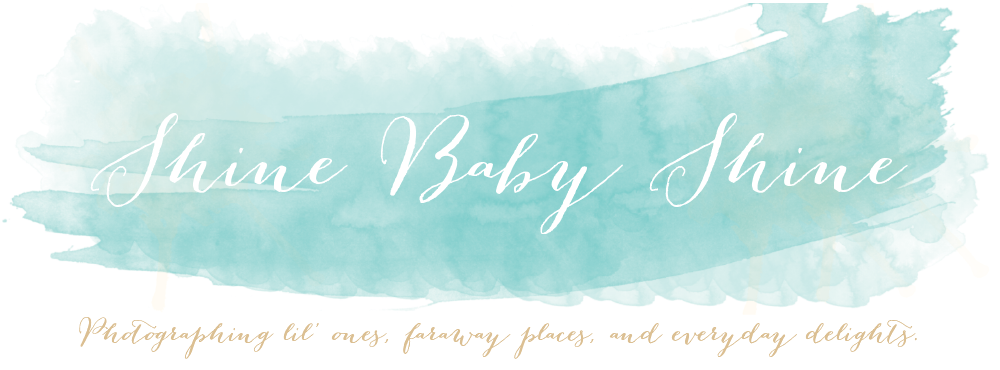The timing of my Photography of People course at George Brown couldn't have been better. Maelle has entered a serious "camera shy" phase, so it's been nice to have some new subjects. Each week in the class, the instructor brings in two models and the class takes turns taking photos.
.jpg) |
| A classmate shooting the model in the studio |
Although sometimes the models have ideas about different looks, for the most part it is up to us to provide direction in terms of posing. Here are a couple of portrait photography tips I've learnt throughout the course:
1)
Think small instead of big
This one was a surprise for me. My natural instinct when posing people is to take a photo or two in one pose and then ask them to do something completely different. In reality, even the smallest tilt of the head, change in direction of the eyes, or shift in body angle can create a dramatically different photo. That's why it's really important to slow down when shooting (unless of course you are taking pictures of a toddler when this advice is impossible) and consider small details.
Take a look at these two photos, where the poses are similar but convey quite different emotions. When the model stares off into the distance, it creates a more dreamy look, whereas when she looks right at the camera, it a much more intense photo. Additionally, the slight downwards tilt of her chin in the second photo slims her face.
Likewise, in these two photos below, the simple act of touching her face caused her to adjust her expression, creating two distinct looks.
2)
Angles matter
Angles in photography don't just create interest in travel and landscape photography, they are also really important in portrait photography. Whether it's posing groups of people in a triangular shape or following the helpful suggestion "
if it bends, bend it" (regarding arms and legs), it's important to use angles to your advantage.
One thing to consider is the angle of the body and it's relationship to the camera. Positioning the shoulders at an angle can make them appear more narrow.
While this works in many photos, it's important to remember that it isn't a hard and fast rule. Sometimes a straight-on photo is the best bet, especially with guys when you want the subject's shoulders to look more broad. In the photo below, having the model's shoulders square to the camera works well, while the crossed arms convey strength and authority. This photo wouldn't have worked as well less if his arms were hanging straight down beside him.
In this photo, the model's bent arms across her body create interest, and her bent front leg (with weight on her back leg) creates a flattering pose.
3) Catch the in-between (and authentic) moments
One of the challenges of posed photos is keeping the photo looking natural, and avoiding a photo that looks cheesy and overly posed. This quote captures what you're ultimately looking for in posed photos: "
It is trying to catch the energy and honesty of a candid in a highly directed shot". While this is definitely true, sometimes capturing a candid moment is really the best bet. Take smiling - often when you ask someone to smile, you end up with a forced smile that doesn't look natural. For these cases the best thing to do is to capture an authentic smile, which sometimes takes a bit work on the photographer's part.
The photo below was taken several seconds
after I asked the model to pose with the fur hiding most of her face. After I took the first photo, I told her my idea made her look a bit like she had a beard, which made her laugh and I was able to capture a real smile. So sometimes asking your subject to do something out of the ordinary (or even a little silly) can help you take a great shot, just remember to have your camera ready to capture their reaction.
My first failed photo.
To take this picture below, I waited and watched as the model talked to one of my classmates, and snapped the photo in the middle of their conversation when he was genuinely laughing.
Looking for more tips?
Here are more helpful posing techniques to remember.

.jpg)
.jpg)
.jpg)
.jpg)
.jpg)
.jpg)
.jpg)
.jpg)
.jpg)
.jpg)
.jpg)
.jpg)
.jpg)



.jpg)
.jpg)
.jpg)
.jpg)
.jpg)
.jpg)
.jpg)
.jpg)
.jpg)
.jpg)

.jpg)
.jpg)
.jpg)
.jpg)
.jpg)





























